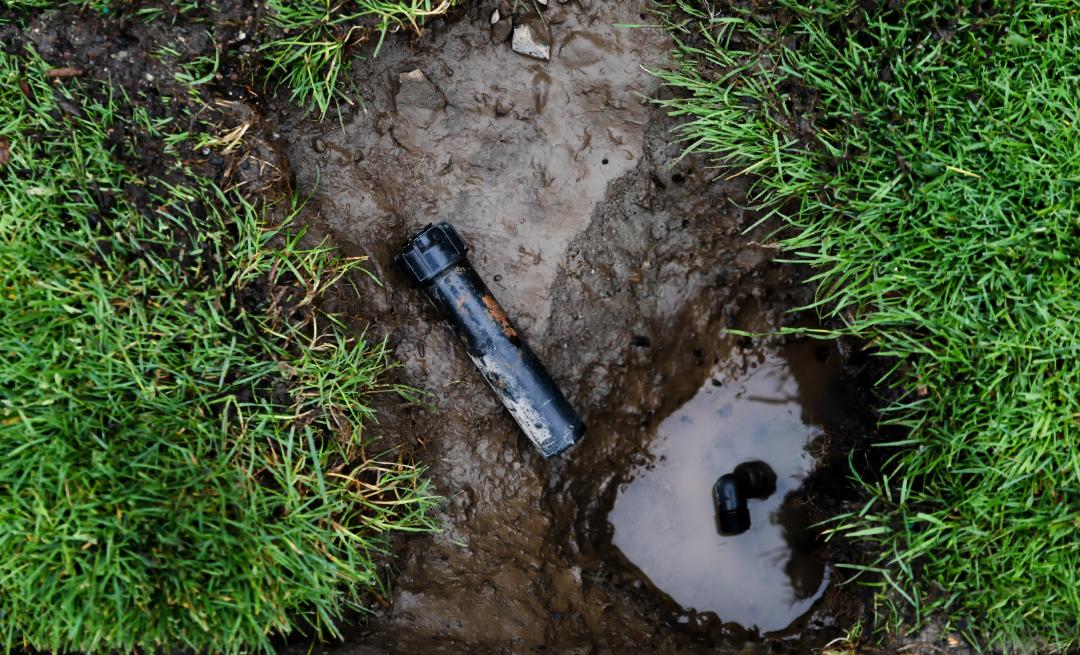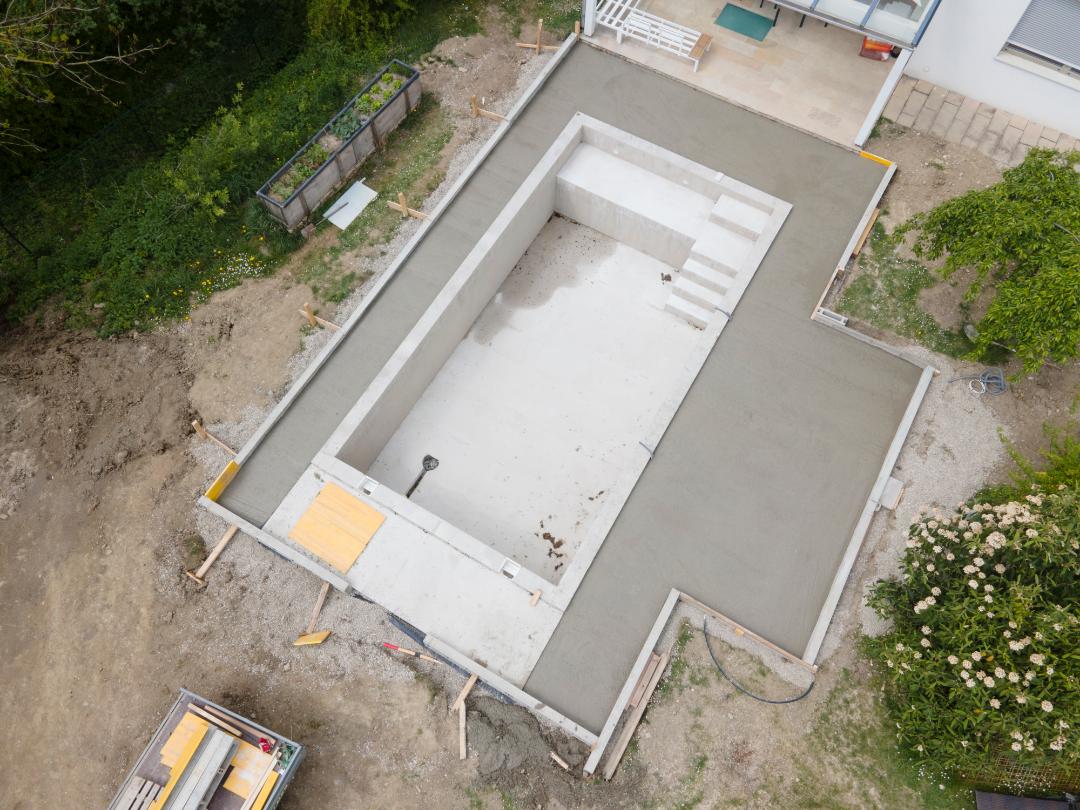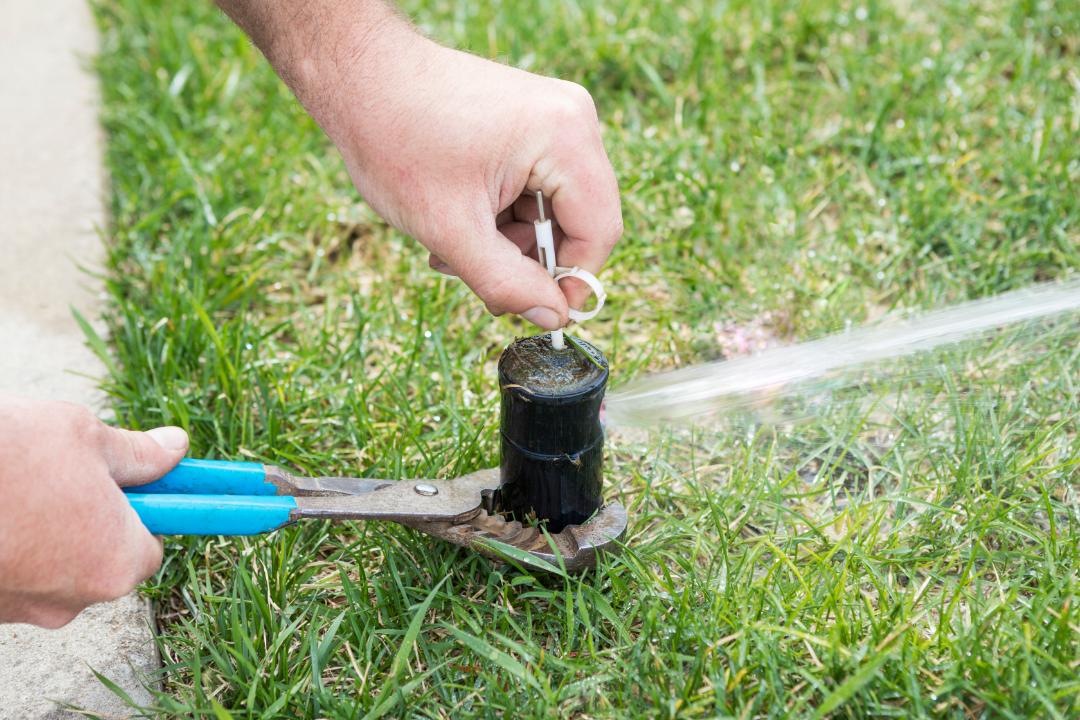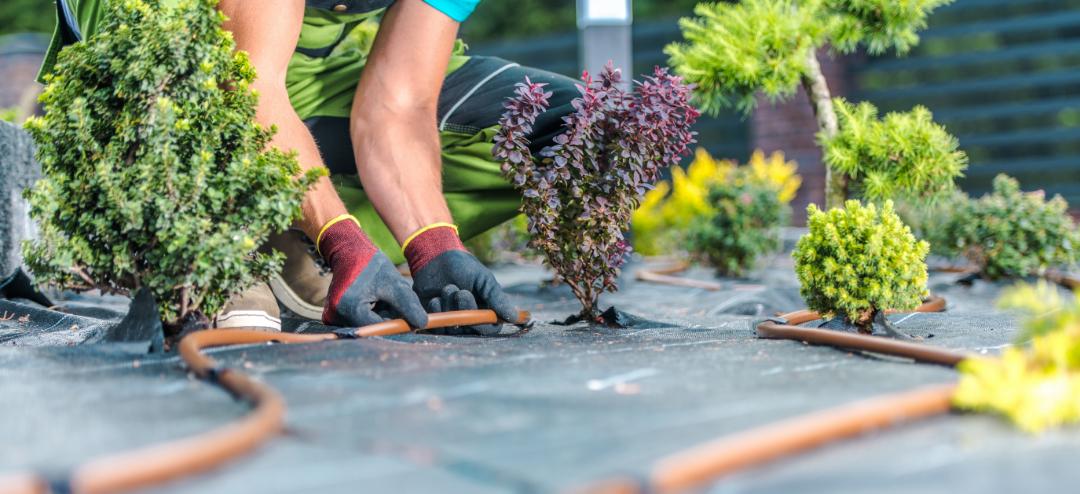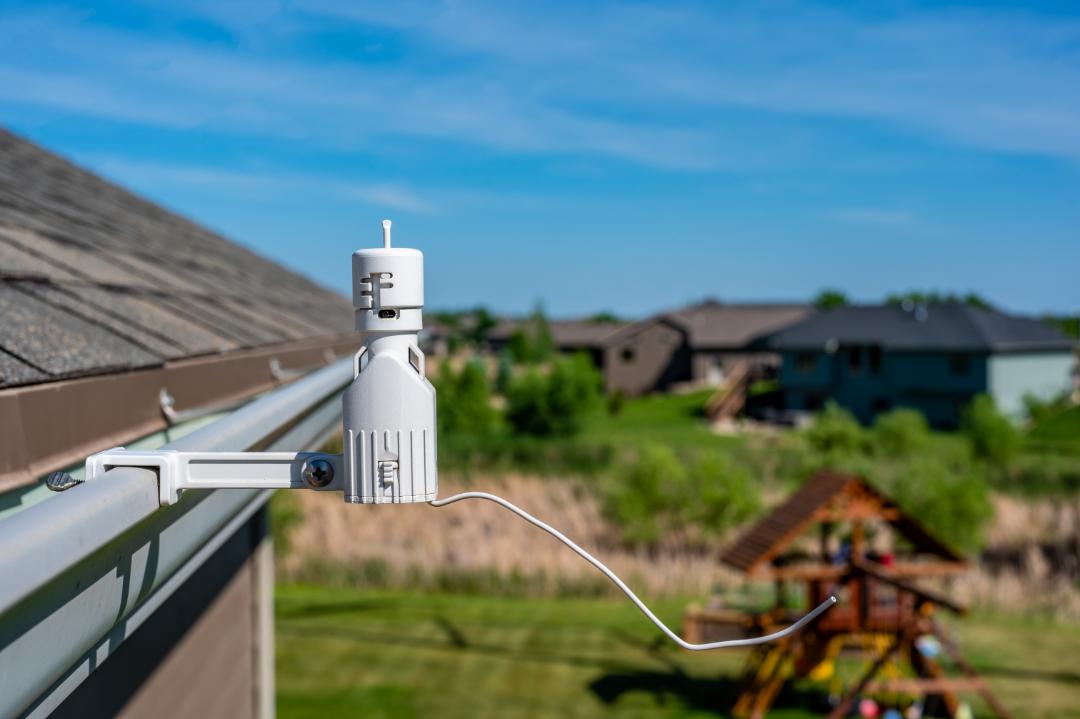Sustainable Sprinkling: A Deep Dive into Proper Watering Times and Amounts for Your Lawn
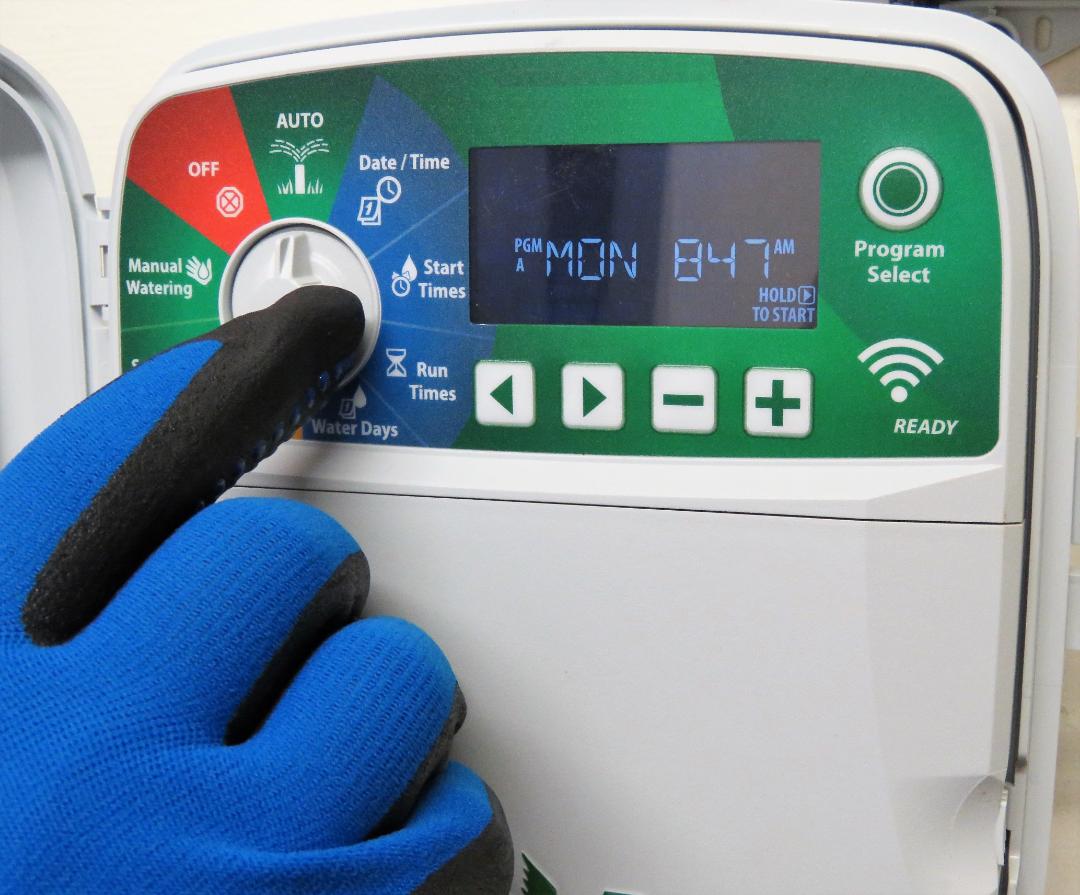
A thriving, verdant lawn is the hallmark of a well-cared-for landscape, and at the heart of this vitality lies an effective sprinkler system. To achieve the perfect balance of hydration for your lawn, it’s essential to master the art of proper watering times and amounts. In this comprehensive blog post, we’ll explore the key considerations that contribute to a healthy, water-efficient lawn, ensuring your green oasis remains lush for years to come.
Know Your Lawn’s Water Needs: A Personalized Approach
Understanding Grass Types:
Different types of grass have distinct water requirements. Warm-season grasses, such as Bermuda or Zoysia, thrive in hotter climates and require less frequent watering. Cool-season grasses, like Kentucky Bluegrass or Fescue, prefer more regular hydration, especially in cooler climates.
Soil Composition Matters:
Assess your soil type to tailor your watering strategy. Sandy soils drain quickly but may need more frequent watering, while clay soils retain moisture for longer periods. Striking the right balance based on your soil composition ensures optimal water retention.
Timing Is Everything: The When and Why of Watering
Early Morning Bliss:
The early morning is the optimal time for watering your lawn. The temperatures are cooler, reducing water loss due to evaporation, and grass has ample time to absorb moisture before the heat of the day.
Avoid Midday Heat:
Watering during the midday heat should be avoided. The combination of intense sunlight and high temperatures increases evaporation, reducing the effectiveness of your watering efforts. It can also potentially stress your lawn.
Evening Considerations:
While evening watering is better than midday, it’s not as ideal as the early morning. Watering at night can create extended periods of dampness, which may contribute to fungal diseases. If evening watering is necessary, try to complete it well before nightfall.
Quantifying the Perfect Quench: Calculating Water Amounts
Lawn-Watering Guidelines:
Lawns typically require around 1 to 1.5 inches of water per week. Measure your sprinkler system’s output by placing shallow containers, like empty cans, across your lawn. Once they collect the desired amount of water, you’ll have a benchmark for the optimal watering duration.
Deep Soak vs. Shallow Watering:
Encourage deep root growth by providing a thorough, infrequent soaking instead of frequent, shallow watering. This helps your grass develop resilient root systems that are more tolerant to drought conditions.
Adjust for Weather Variations:
Adapt your watering schedule based on weather conditions. Cooler or rainy days may require less watering, while hot and windy days may demand additional hydration. Stay attuned to the weather forecast and adjust your sprinkler system accordingly.
Smart Watering Practices: Maximizing Efficiency
Invest in Smart Controllers:
Upgrade your sprinkler system with smart irrigation controllers that leverage weather data to automatically adjust watering schedules. These controllers optimize water usage, preventing overwatering during rainy periods and adjusting for temperature fluctuations.
Regular System Maintenance:
Perform routine checks on your sprinkler system for leaks, clogs, or misalignments. A well-maintained system ensures even watering, prevents water wastage, and safeguards your lawn from potential damage.
Mulch for Moisture Retention:
Apply a layer of mulch around your lawn to enhance moisture retention, reduce evaporation, and suppress weed growth. Mulching is a cost-effective and eco-friendly practice that complements your watering efforts.
Nurturing Your Lawn to Perfection
Proper watering times and amounts are the keys to nurturing a healthy, vibrant lawn. By understanding your lawn’s unique needs, choosing the right watering moments, and calculating the ideal amount of water, you create an environment where your grass can flourish. Embrace smart watering practices and regular maintenance for your sprinkler system, and you’ll not only achieve a lush and thriving lawn but also contribute to a more sustainable and water-efficient landscape. With these principles at your fingertips, your lawn will be the envy of the neighborhood, standing as a testament to your commitment to responsible lawn care.



